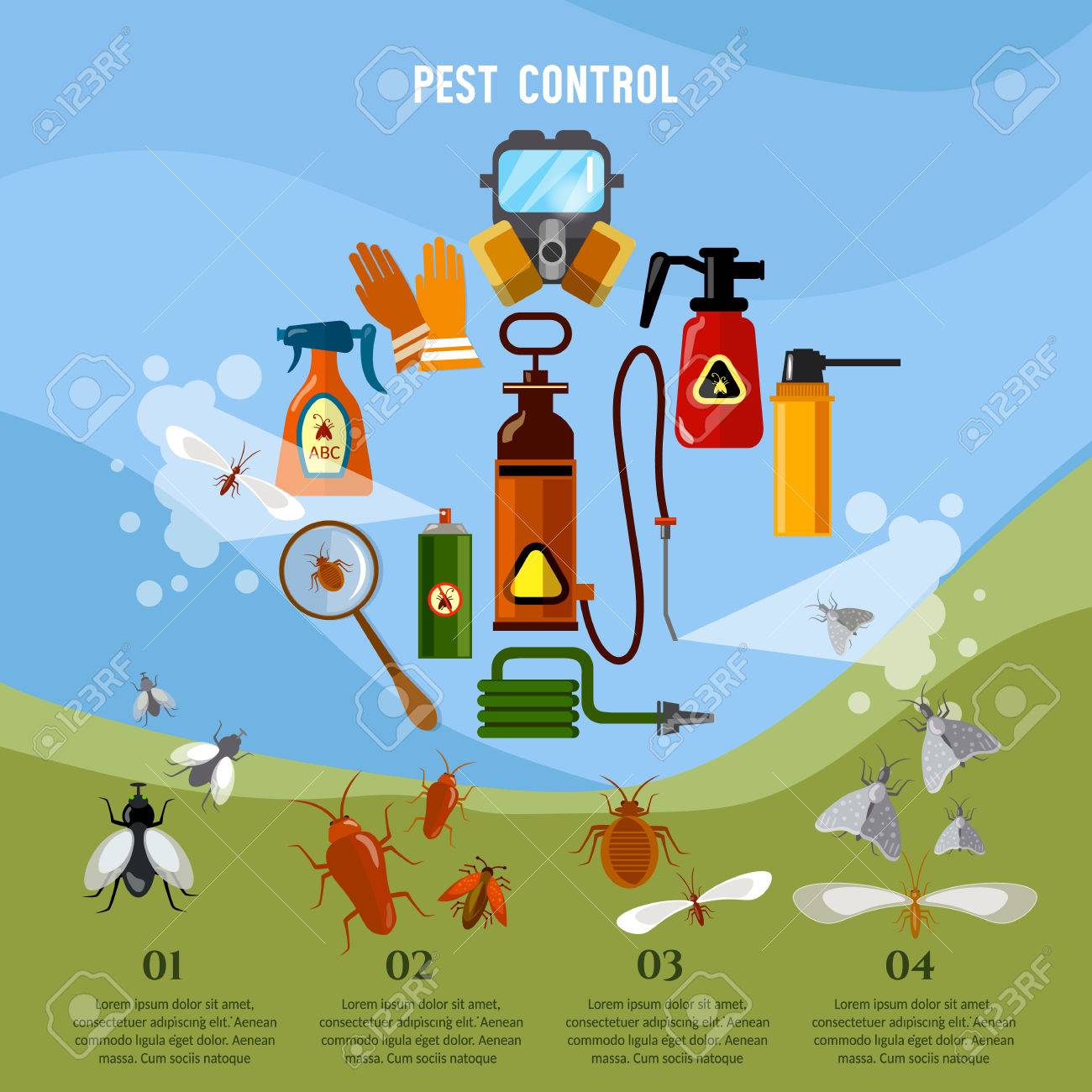Rodent-Proofing Your Outdoor Space: Methods For A Pest-Free Lawn
Rodent-Proofing Your Outdoor Space: Methods For A Pest-Free Lawn
Blog Article
Web Content Produce By-Nymand Hickman
Did you recognize that rodents can press with openings as small as a quarter? Think of the ramifications for your exterior space. From munching on plants to nesting in comfy edges, these insects can create chaos if provided the chance. However concern not, there are practical approaches you can use to maintain your backyard rodent-free. By taking straightforward steps to seal entrance points and keep a tidy environment, you can create a fortress against undesirable furry site visitors. So, are you ready to secure your exterior sanctuary from these pesky intruders?
Identify Entry Details
To properly rodent-proof your outside space, start by identifying potential entry points. Inspect your yard for any type of spaces or openings that rats could use to get. Check why not try these out as spaces under doors, holes in the walls, or openings around utility penetrations. Remember that mice can press with holes as small as a cent, so be detailed in your evaluation.
Concentrate on locations where utilities enter your home, such as where pipes, cables, or wires enter the building. Seal any spaces around these access factors with products like steel woollen or caulk. In addition, check for any kind of fractures in the structure or gaps in the siding that might work as access factors for rodents.
Pay attention to locations where greenery meets your home, as disordered plants can provide concealing places and easy accessibility for rats. Trim any looming branches or shrubs that could be made use of as bridges to your residence. By recognizing and sealing these entry points, you can considerably reduce the possibilities of rats invading your outside room.
Implement Exemption Procedures
Checking and securing entrance points is the initial step in rodent-proofing your outdoor room; currently you'll act by carrying out exclusion actions.
Start by installing door brushes up on all exterior doors to prevent rats from pressing via voids. Seal fractures and crevices with weather-resistant sealant, concentrating on locations where energy pipelines enter your home.
Usage cord mesh to cover vents and chimneys, ensuring they're securely connected. Cut tree branches and plant life far from your home to get rid of possible bridges for rats to access your roofing system.
In https://raccoonremoval05173.blog4youth.com/32581168/historical-building-protects-charm-and-safety-with-efficient-termite-management-methods , consider mounting steel flashing around the base of your home to stop burrowing. Store fire wood at least 18 inches off the ground and away from your house.
Keep garbage in firmly sealed containers, and without delay clean up any kind of splashed birdseed or pet food. By executing these exemption procedures, you can significantly decrease the probability of rats invading your outside room.
Maintain Sanitation and Trimmed Landscape Design
Ensure your outdoor area remains neat and your landscape design is regularly trimmed to prevent rodents from locating harborage or food resources. Keeping https://communityimpact.com/houston/tomball-magnolia/housing-real-estate/2020/07/08/guide-local-business-envirocon-termite-pest-shares-5-tips-about-pest-control/ is vital to lessening tourist attractions for rodents. Eliminate any type of debris, mess, or unused products that can serve as concealing spots for these bugs. Rats are drawn to locations with easy access to food and shelter, so by maintaining sanitation, you make your building much less attractive to them.
Routinely trimming your landscaping is additionally vital in rodent-proofing your outdoor space. Thick plant life gives rats with adequate hiding areas and possible nesting sites. By keeping your lawn trimmed, shrubs cut, and trees pruned, you remove possible habitats for rodents. Additionally, cut landscaping makes it harder for rats to access your home as they favor locations with ample protection for protection.
Conclusion
Finally, by putting in the time to rodent-proof your outdoor area, you can ensure a pest-free lawn for many years to come. Bear in mind to frequently examine for entry factors, implement exclusion measures, and keep your backyard clean and properly maintained.
With these straightforward strategies in place, you can enjoy a tranquil and rodent-free outdoor setting. So, do not postpone - begin rodent-proofing today and say goodbye to undesirable pests in your yard!
